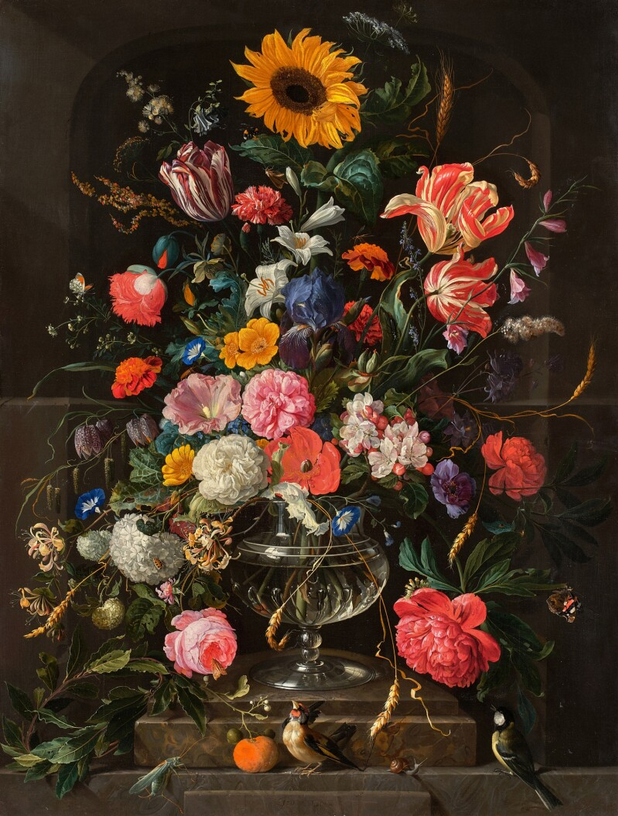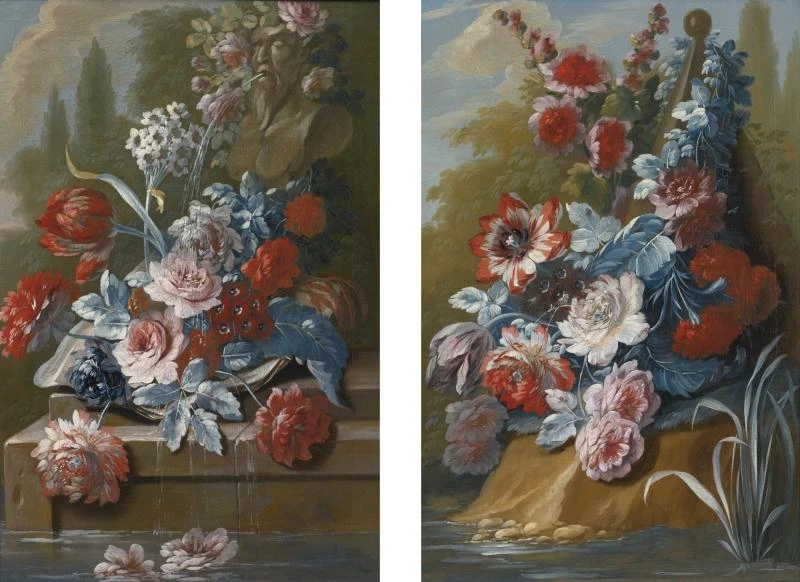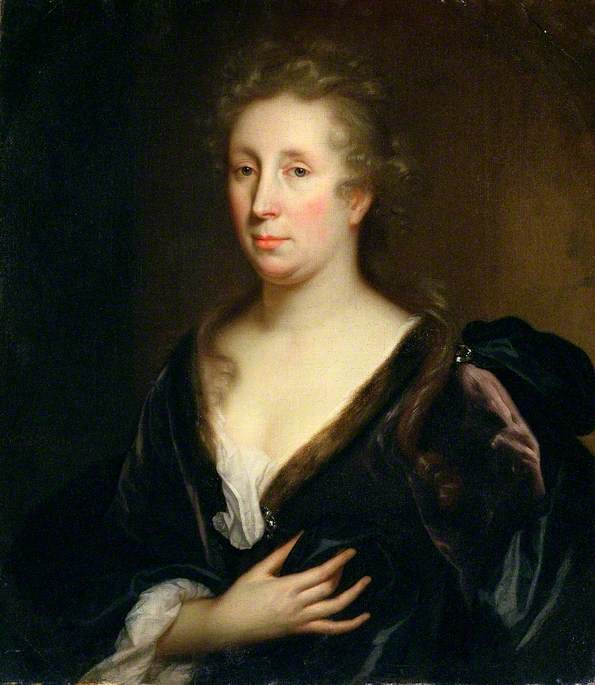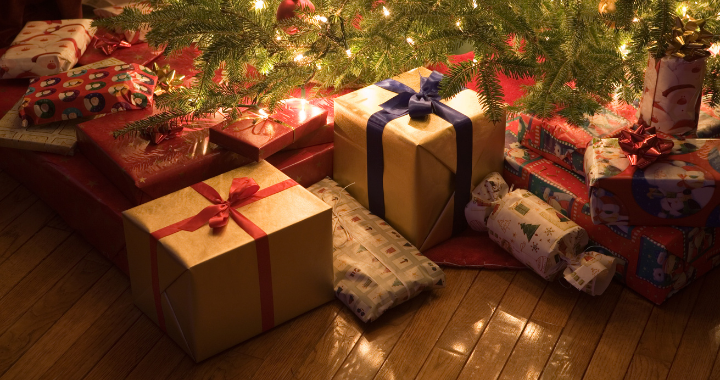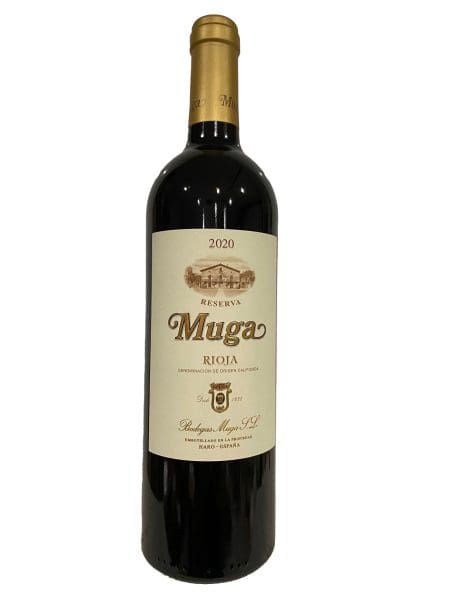The results of the Old Master Sales in London last week established two things. First, the gulf in the fortunes of the two great rivals Sotheby’s and Christie’s has been reinforced and second, there is such a dearth of decent Old Masters available, that both auction houses had to bulk the Day Sales with rather modest 19th Century British and Continental paintings of the traditional type, i.e. not Pre-Raphaelite or Impressionists, both of which schools still have a keen following, in order to get reasonable-sized sales. Both day sales made a little over £4M.

Sotheby’s evening sale of the best Old Masters made £14.47M with all but 5 of the 31 lots finding buyers. The newly discovered early oil painting by Turner of the Hotwells in Bristol, making a surprising £1.8M against an estimate of £200,000-300,000. This painting came up at Dreweatts last year and made £400. Subsequent cleaning revealed a signature, and all Turner scholars now agree that it is his missing R.A. exhibit of 1793, which was always thought to have been a watercolour.
The top price was the beautiful panel painted in oil and tempera of the Saint Quirinus of Neuss by the Renaissance Master Lorenzo di Credi. Saint Quirinus was a Christian soldier martyr from the 4th Century, who is very rarely depicted. This did not prevent him making £2.7M with buyer’s premium.

Christie’s evening sale had 39 lots and like Sotheby’s, sold all but 5. The total of £55.26M however, was nearly 4 times greater than Sotheby’s and was mostly accounted for by the magnificent Canaletto of the Bucintoro returning to Venice on Ascension Day. This large canvas, measuring 86 x 138 cm, was in almost pristine state and at £31.935M, including premium, exceeded the previous world record for the artist by more than 60%.
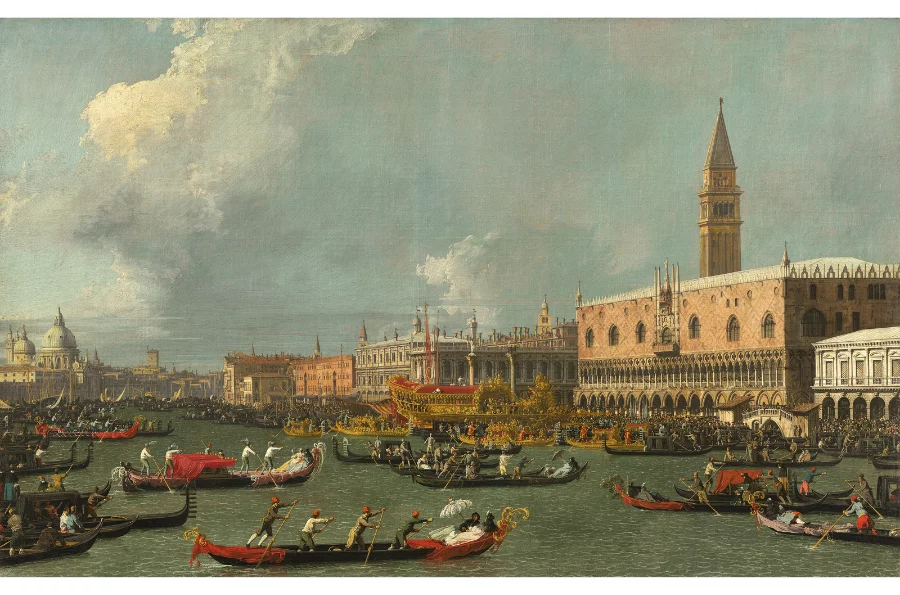
Another hefty price was the glamorous still Life by Jan Davidsz. de Heem of fruit, a pie, a silver tazza, a wanli bowl, strong box and ewer on a draped table, which although not as flamboyant as the one in Jordan Saunders’ sale, made £3.67M.

One might have supposed that paintings by Pieter Brueghel the Younger, who is little more than a factory churning out pastiches of his fathers’ work, would suffer in the current picky climate, but both offerings sold. The “Visit to the Farm”, making £819,000, more than double the bottom estimate. The pretty little still life by Balthasar van der Ast did not fare so well and failed to sell against an estimate of £200,000-300,000. Old fashioned taste, I suppose.

The star lot at Bonhams sale was the portrait of Sir Edward Monins by George Gower, the leading portraitist at the end of Queen Elizabeth I’s reign. Sir Edward is wearing a very elegant doublet of narrow black and gold hoops and despite looking somewhat like a cut out (there is no sense of volume in the shoulders) made a very strong £1.1M against an estimate of £200,000-300,000. Once again, proving the power of image over draughtsmanship!

Sotheby’s has $1.8B of debt, its owner, Patrick Drahi, has a reputed $3B of debt. A lifeline was thrown to them by ADQ, an Abu Dhabi sovereign wealth fund, which has purchased a $1 billion share. What percentage this represents, no-one is sure. One thing is certain though, the Art Market is shrinking. Masterpieces are in short supply and the value of many Works of Art, especially Old Masters is declining. Christie’s, on the other hand, is owned by Francois Pinault of Artemis Group, one of the richest men in the world, with an estimated wealth of $19.7 billion. Both Sotheby’s and Christie’s have seen turnover drop by several billion over the last 2 years and can probably expect the slide to continue.
Perhaps re-branding themselves as purveyors of luxury goods rather than auctioneers of fine Works of Art has undermined the status of what they sell. What is certain is that so much antique stuff – porcelain, glass, silver, brown furniture and old paintings, doesn’t chime with modern taste and shows no sign of making a comeback, but there is always a market for a masterpiece.














